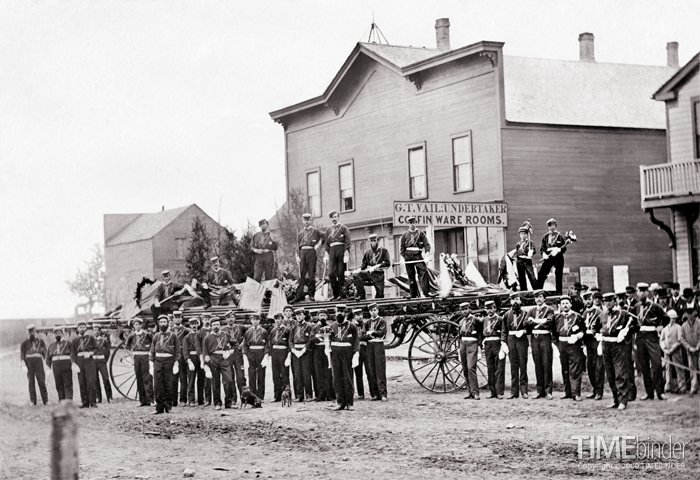
This small strip of paper raised some questions in my mind: I was sure it was an early photobooth example when I got it, but then wondered about the indistinct vignettes between images rather than hard masking – which made me question whether it was from an automated booth.
But everything else makes me stick with my first opinion that it is from this young woman's visit to that very newfangled contraption (early 1920s): (1) The photobooth uses a strip of positive paper that advances with each picture snap before being developed and delivered to the user, so perhaps the early machines did not have a distinct mask between images (more research is due on my part). (2) The unique attraction to the booth phenomenon was the privacy that it afforded and the tendency to be more relaxed and more experimental in your poses, after all, there was no negative and no record other than what came out of the machine after the set number of exposures – if you didn't like what you saw, you didn't show it around, if you hated what you saw you tore it up into tiny pieces or set it on fire. (3) This particular subject went into the booth with a defined purpose in mind, taking props with her and striking poses she might have hesitated to take if in a studio (unless she was a free spirit with a lot of confidence and moxie). (4) This print is not a familiar sort of photo proof that a studio would use – for the times it is too small and hasn't the sharpness of a negative process (again, more research to see if I know what I am talking about on that score).
Written across the top of the photo's image (don't get me started – there must be a special place in hell for people who write on the face of photographs!), with a broad-nibbed fountain pen, is the name Puss Van Arsdale. Someone other than the subject wrote that since I doubt she would need to remind herself of her identity. Is "Puss" a nickname along the lines of kitten, or slang for face (or does it have a non-English origin and meaning I don't recognize)? Or is it a joke referring to the nature of these poses?
Puss begins with a profile pose, then a come-hither look over her Chinese fan, followed by the sultry siren, the serious graduate with a tennis racket (Huh? Is that what she majored in?) and then a less confident expression beneath a Chinese parasol (part of which has been cut off, by the machine we assume). Altogether, Puss must have been something of a character – at least in front of the impersonal lens of the booth.
The condition of this print was very poor; for such a small print in square inches, restoration took something on the order of 5 hours, but I think it is representative of what Puss Van Arsdale came away with (pleased with herself, do you suppose?). Little did she suspect so many people would be looking at the result of her few minutes work.
 Friday, June 5, 2009 at 9:46AM
Friday, June 5, 2009 at 9:46AM 





